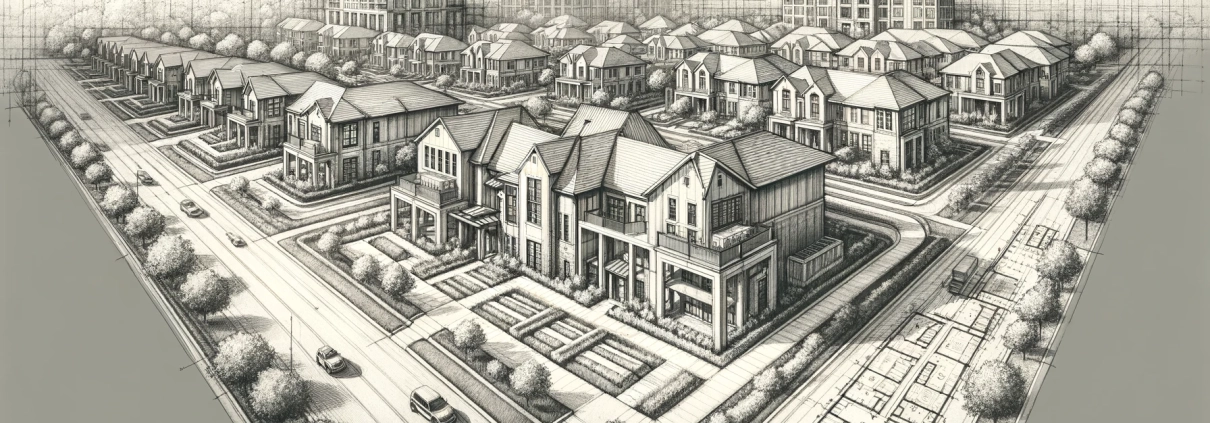Takeout Loan
A form of permanent financing utilized to retire existing short-term debt, such as construction loans or bridge loans. Commonly known in the industry as a construction loan takeout or bridge loan takeout, these loans are structured with extended repayment periods and fixed payment schedules typical of permanent mortgage loans.
A takeout loan may serve solely to repay the outstanding balance of the short-term debt, or it might also facilitate a return of some or all of the equity initially invested in the project, akin to a cash-out refinance.
Putting ‘Takeout Loan’ in Context
Lone Star Residential Developers recently completed phase one of “The Oaks BTR Community” in Austin, Texas. This build-to-rent development, consisting of 120 single-family homes and duplexes all designed for long-term rental, was initially financed through a short-term construction loan.
Upon the completion of construction and achieving 90% occupancy (i.e. stabilization), rather than sell the project (i.e. merchant-build), Lone Star Residential Developers chose to hold the project long-term. This necessitated transitioning from their high-cost, short-term financing to a stable, long-term financing solution. They sought out a takeout loan that not only allowed them to repay the outstanding balance of the construction loan but also included a cash-out refinance component. This component enabled them to return a meaningful portion of the equity that had been invested in the project back to the initial investors, enhancing investor satisfaction and financial returns.
The takeout loan was structured with the following terms:
- 10-year term, 30-year amortization.
- 6.25% fixed rate on the takeout loan, which is significantly lower than the SOFR + 400bps floating rate on the construction loan.
- The extension of the loan term and the implementation of fixed payments provided financial stability and predictability, protecting the project against future interest rate volatility.
This hypothetical scenario demonstrates the utility of takeout loans in real estate development for achieving both refinancing objectives and equity liquidity.
Frequently Asked Questions about Takeout Loans
What is a takeout loan?
A takeout loan is a form of permanent financing used to retire existing short-term debt, such as construction or bridge loans. It typically features extended repayment periods and fixed payment schedules.
When is a takeout loan typically used?
Takeout loans are used upon project completion and stabilization, when developers transition from short-term, high-cost financing to long-term, fixed-rate debt.
How was a takeout loan used in The Oaks BTR Community example?
Lone Star Residential Developers used a takeout loan to repay their construction loan and return a portion of the invested equity to their investors via a cash-out refinance, enhancing returns and liquidity.
What were the key terms of the takeout loan in the example?
The takeout loan had a 10-year term, 30-year amortization, and a 6.25% fixed interest rate—much lower than the floating SOFR + 400bps rate on the original construction loan.
What are the benefits of a takeout loan for real estate investors?
Takeout loans reduce financing costs, stabilize cash flows with fixed payments, protect against interest rate volatility, and can return equity to investors if structured as a cash-out refinance.
Can a takeout loan include a cash-out component?
Yes. A takeout loan may be structured to not only pay off short-term debt but also return some or all of the originally invested equity, similar to a cash-out refinance.
Click here to get this CRE Glossary in an eBook (PDF) format.

